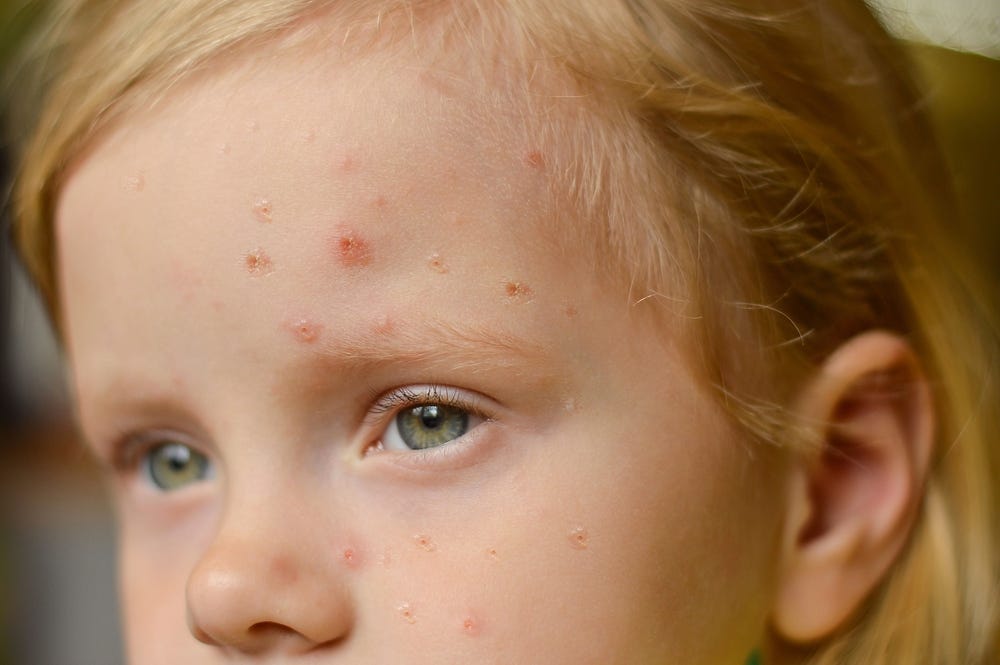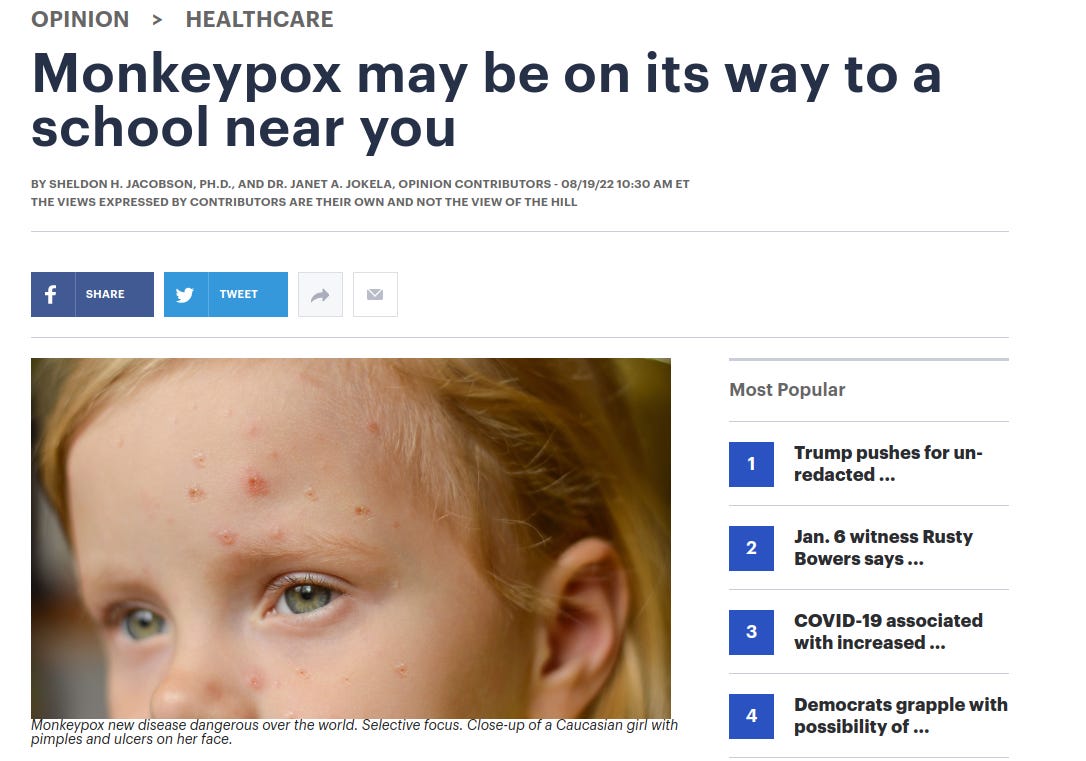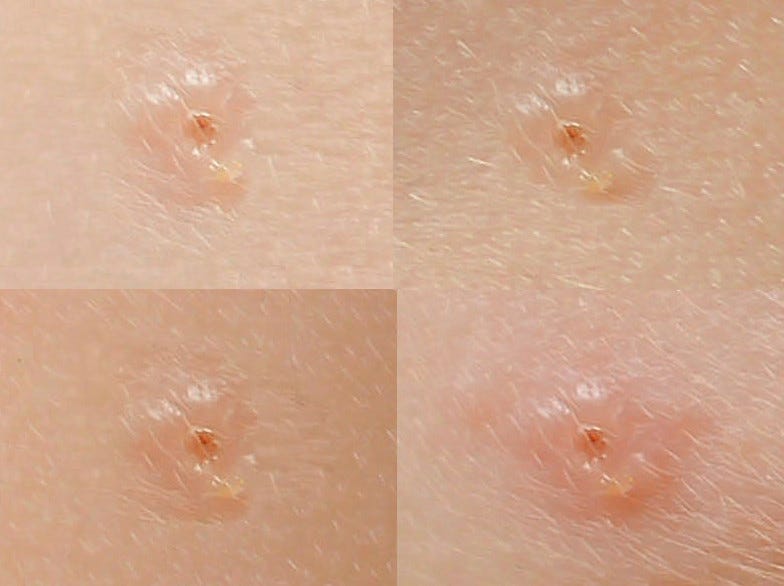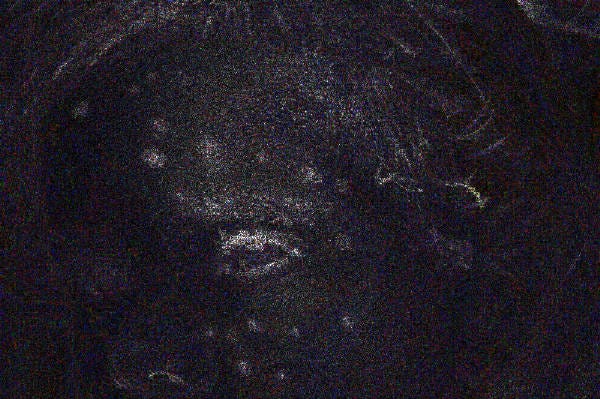The Hillpox
"Truthful and accurate" needs to matter again.
Welcome to anther episode of Obsessing Over Tiny Details, brought to you by the denizens of the Palo Verde Alpaca Ranch and Nuclear Generating Station - where the chickens build doomsday weapons and the alpacas are more medically competent than the CDC.
Newspaper and digital media company The Hill is weathering a bit of (deserved) criticism over a recent opinion piece written by two faculty members of the Carle Illinois College of Medicine at the University of Illinois Urbana-Champaign - and we can only hope the piece was prompted by the expiration of their most recent research grants.
In what has become an all-too-familiar fear mongering style, the article explains how monkeypox is very dangerous for small children, super dangerous for older children, and whistling death for college students. Yes, the dreaded monkeypox might “barrel through these populations” of vulnerable minors.
In the midst of all the overblown rhetoric this line stood out:
Without education, college students could be left confused and befuddled by the information available in the media.
Here at the ranch, our previously non-fuddled alpacas are now also completely fuddled. To emphasize the scale of the potential upcoming tragedy (should we fail to follow the edicts of our highly credentialed betters) The Hill included an image of a little girl with some kind of blisters on her face. Let’s zoom in on the caption, which has us all a bit confused.
Monkeypox new disease dangerous over the world. Selective focus. Close-up of a Caucasian girl with pimples and ulcers on face.
That’s so confusing and badly written that it sounds like something Todd the CDC Intern could have produced.
But alpacas aren’t monkeys, and they don’t consort with monkeys or go to monkey bath houses or do whatever it is that gets one infected with the pox, so we have no idea what monkey pox actually looks like. Does this little girl really have the dreaded pox?
Let’s go find the source of the image
Google may indeed be a vortex of pure evil, but we’re risk takers so we decided to use their image search function anyway. There were several matches from other news articles using the exact same image.
And sure enough, one of the search results is from shutterstock.com. This is a stock image that anyone can purchase.
We immediately found where The Hill obtained their highly professional, carefully worded image caption. They copied it, word for word, from the image description on shutterstock.
The laziness on display here by The Hill is simply magnificent. But does the little girl in the image have the pox?
No. No, she does not. How do we know?
In a decision that looks less intelligent every tax day one of the alpacas (Phil) was promoted to Head of Accounting, and Phil used his fiduciary authority to purchase a high resolution copy of the image (yes, we’re docking his feed for this). But the image was enlightening.

A little bit of forensic analysis
Here at the ranch all the animals use Linux (well, the animals who use computers do) so we downloaded some awesome free image editing software called Gimp1. Here are closeups of four of the blisters, all pasted together in one image:
And … they’re all the same blister. It’s a plague of copy-and-paste.
Some of the other blisters are clearly added on top of an existing image. In this one, the outline of the added part is clearly visible.
So the image was modified - we’re not professional forensic image analysts so we’re saying this cautiously - but it’s possible this little girl had no blisters at all.
How about some more professional analysis?
This is an ELA image (Error Level Analysis) from a website called FotoForensics:
Here’s their explanation of ELA:
Error Level Analysis (ELA) permits identifying areas within an image that are at different compression levels. With JPEG images, the entire picture should be at roughly the same level. If a section of the image is at a significantly different error level, then it likely indicates a digital modification.
Of course, the ELA is showing lighter areas where all the blisters are located, giving us further evidence that the little girl might not really have any blisters.
Who’s doing the fooling here?
Did The Hill get fooled, or have they knowingly used an image in a misleading way? (Or do they just not care?) Here are titles from other images by the same photographer:
I personally doubt the owner of this account is trying to fool anyone. The picture of the girl comes from a group of medical related images, which appear to be representative images of people with blisters and rashes. There’s no indication any of them were intended to be medical-textbook accurate depictions of particular diseases. The account owner describes herself as an economist by profession, so these are amateur photos. Perhaps opportunistic would be a better word to describe the photographer.
It’s somewhat ironic (are we using ironic correctly?) that in an opinion piece complaining about students being misinformed about a disease, The Hill chose to use an image that doesn’t depict the actual disease. The most generous description I can think of is they used an “artist’s impression of what a little girl might look like with blisters.” This is ridiculously irresponsible journalism; a combination of laziness and opportunistic sensationalism. And error checking is supposed to be Journalism 101, so this is a big fail.
The article itself is basically several paragraphs of whining “but we have to protect the children by keeping them from interacting like children” and has nothing to add to the public discourse except fear. But it’s clearly time to get everyone worked up over the next big health crisis (we have a mid-term election coming up, after all) and few things tug at the heartstrings like an image of a sick little girl. The picture provides a large fraction of the emotional impact of the article.
Alpacas only have a few rules. Rule number 1 is “Don’t eat until everyone has been served.” (they’re very polite animals). But also on the list is “Don’t lie.” Repeating something you have no reason to believe is true is the same as lying, and so is presenting something in a way that causes people to believe a thing that’s not true.
If we’re ever going to get our society back on a sensible path, the truth needs to matter - even in something as small as a single image. So we’ll continue, as always, to call out these transgressions when we see them.
Yes, this is a plug for Linux based operating systems. We use Ubuntu because it’s very alpaca-friendly (easy to install and use) and both it and Gimp are free. Gimp can be installed easily via the built-in software installer in Ubuntu.
https://ubuntu.com/download/desktop
https://www.gimp.org/











